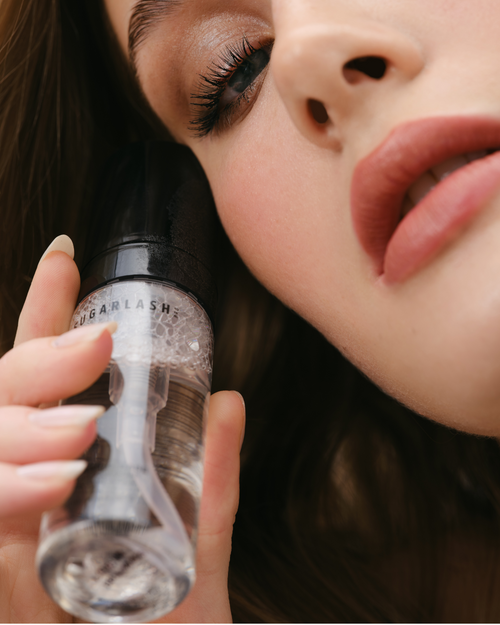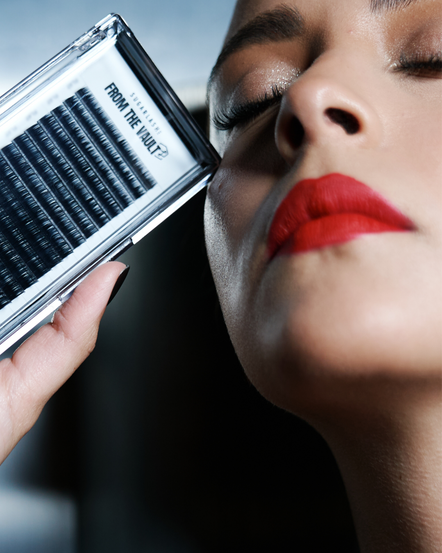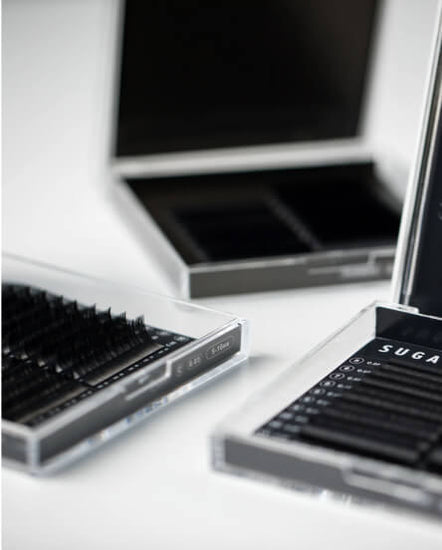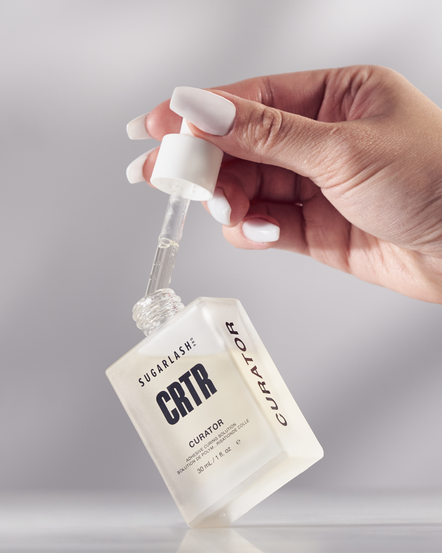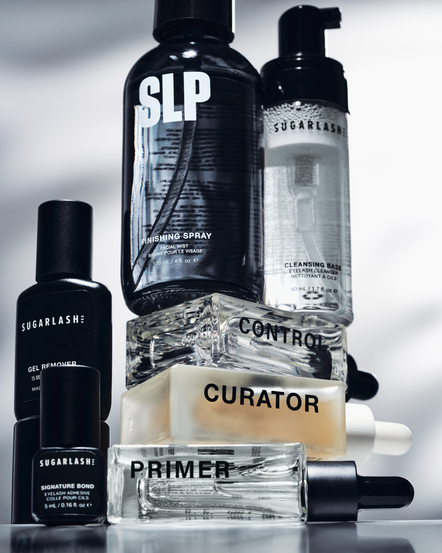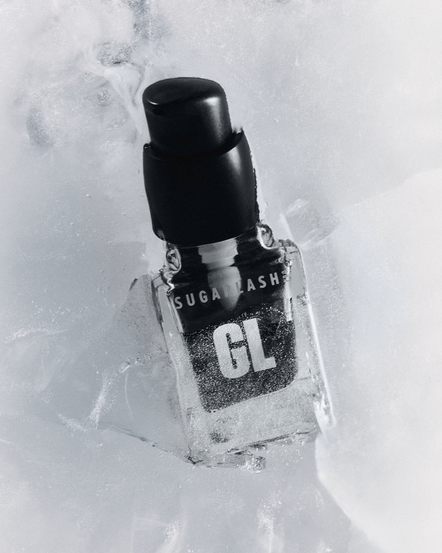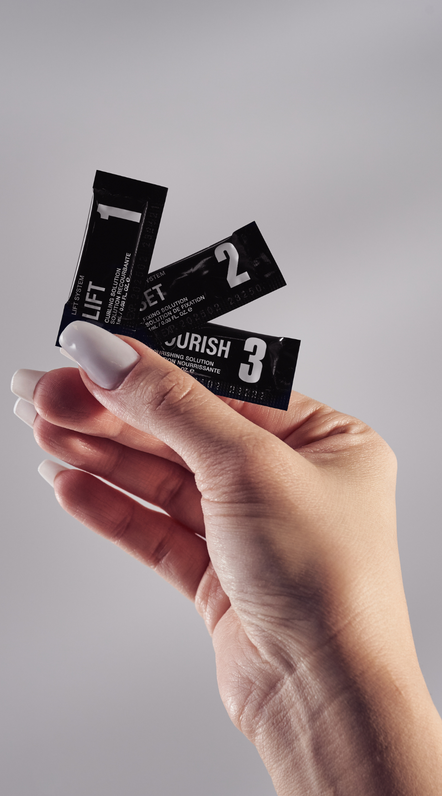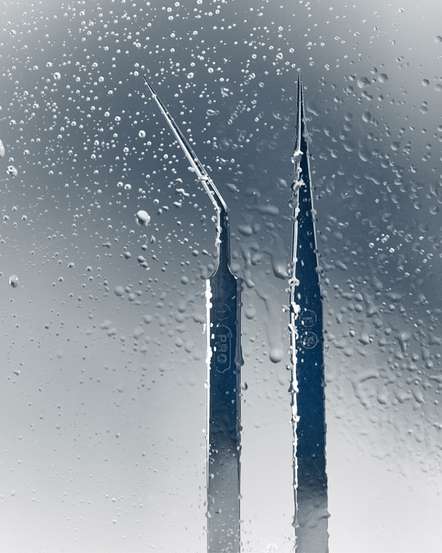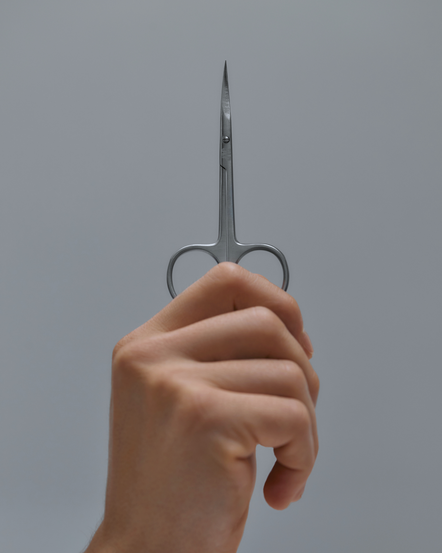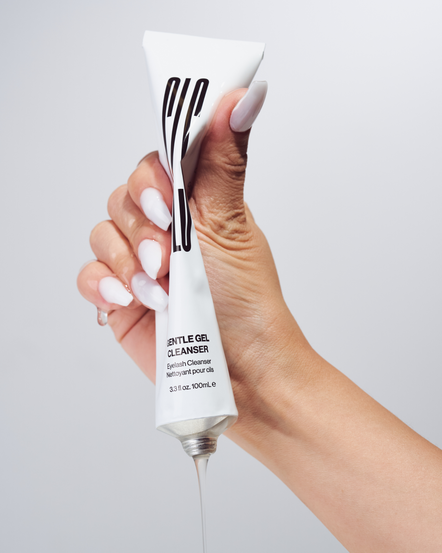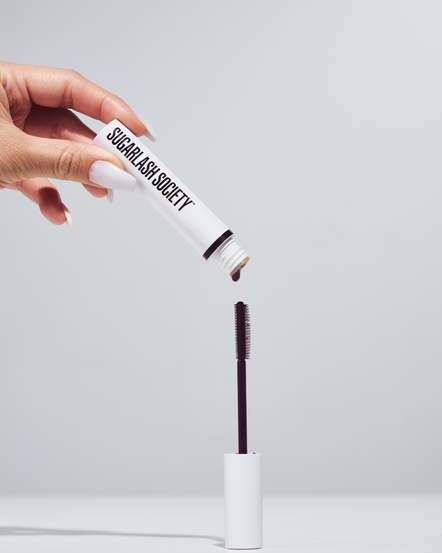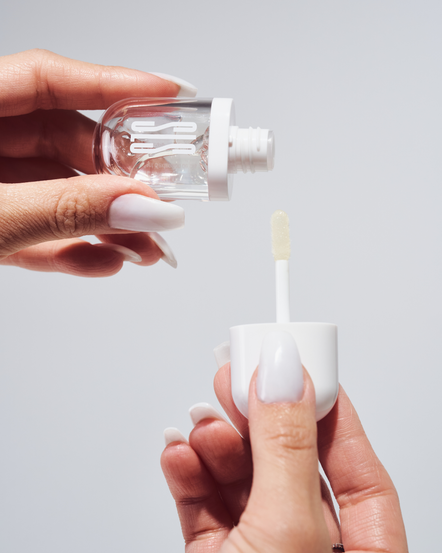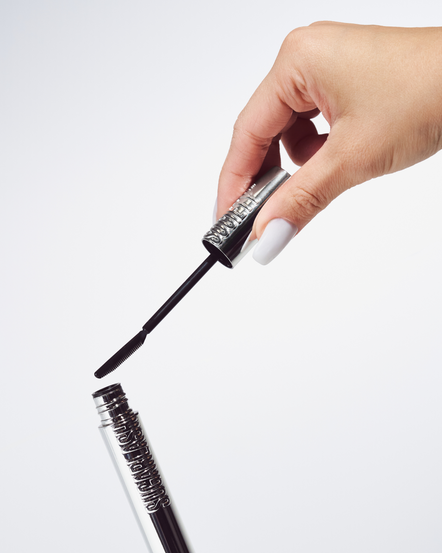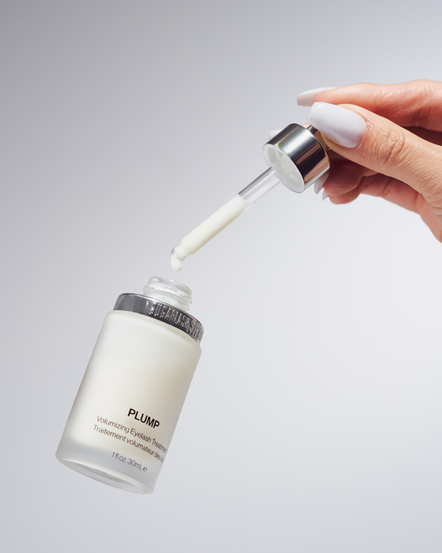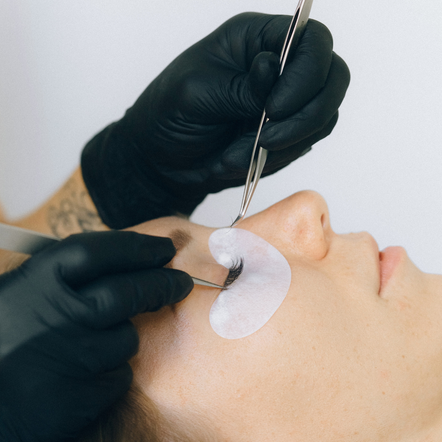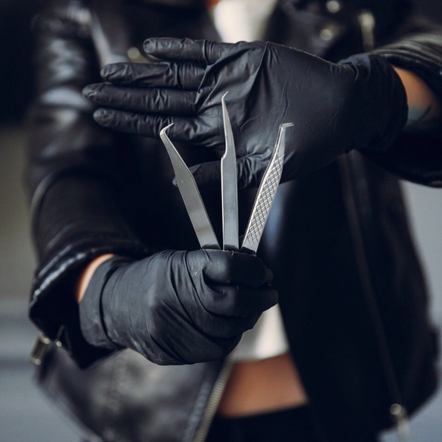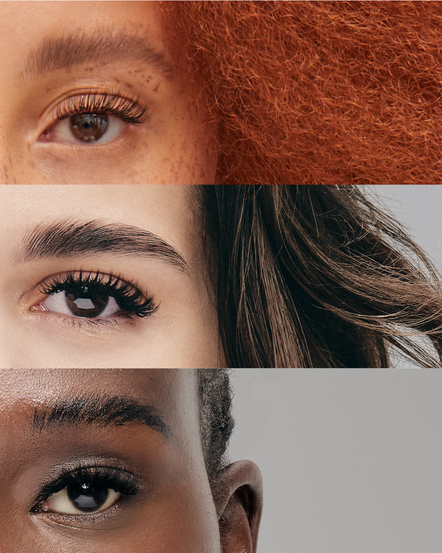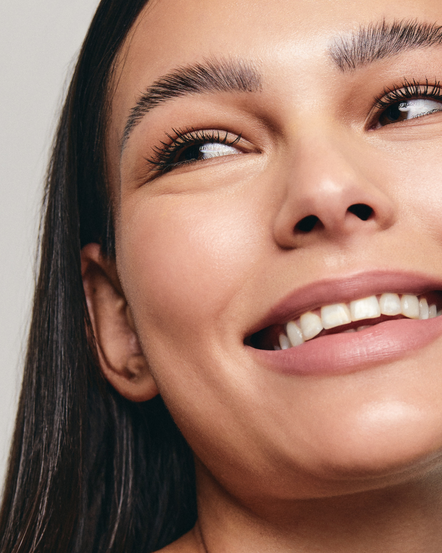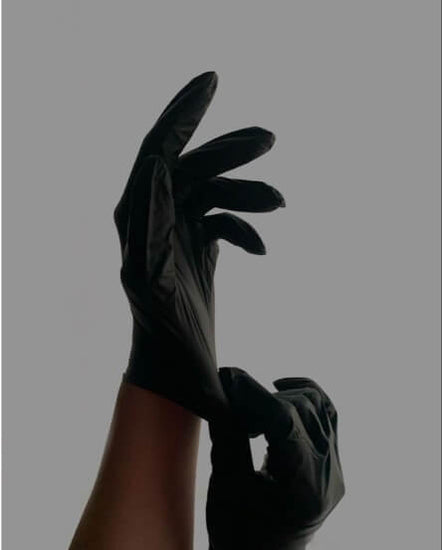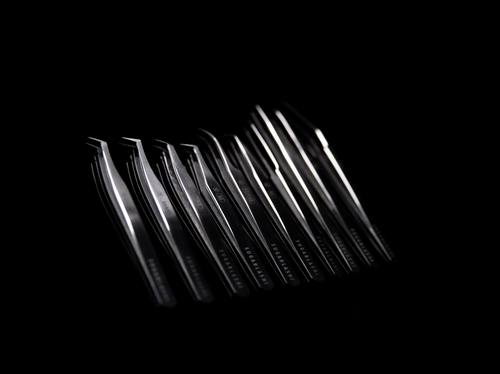If you’re like me, you connect with “Flawless” on a personal level every time you have lash extensions. You relish the extra ten minutes of sleep every morning, rock the sans-makeup look like a pro, and know that while lash extensions do not maketh the man, they make this woman feel pretty damn good when she wakes up in the morning. But do you know what your lash extensions are made of?
Mink, silk, and real fur lash extensions are the most common in the industry, and differ from one another in texture, appearance, and weight. Knowing the difference between lash types and what type of lash is best for you will not only make you an informed consumer, it will ensure you and your lash artist can create exactly the type of lash set you need to wake up looking and feeling flawless every day.

Mink lashes
Despite their name, most "mink lashes" are made of a synthetic material called PBT. PBT (or Polybutylene terephthalate) is a type of polyester used in a range of products including toothbrushes, sports and swim wear, and—of course—false lashes.
Sugarlash PRO mink eyelashes extensions have a natural, semi-matte finish that mimics the appearance of natural lashes, and an extremely lightweight body. Mink lashes are thinner than other types of lash extensions, and are commonly used in volume sets because they are so lightweight. They are tapered for most of the lash extension body, so each lash is up to 30% lighter than a silk eyelash extensions. Sought out for their extremely natural look, mink lashes are perfect for people who want natural-looking lash sets, people with very fine natural lashes, and volume or mega-volume sets.

Silk lashes
Like mink lashes, silk lashes are made of PBT. The main difference between the two is not in their material, but in their shape, finish, and weight.
Silk lashes have a short taper, meaning the body of the lash is thicker for longer. And unlike mink lashes, they have a glamorous semi-gloss finish. Because of their thick, full body, silk lashes are best for dramatic sets, and are commonly used in conjunction with classic lashing (traditional lash sets that have one lash extension per natural eyelash). If you get classic lashes, chances are your lash artist is using silk lashes on you.

Real Fur
While most lash extensions you’ll come across are made of PBT, some lash providers do offer real mink extensions. Because these lashes are made of real fur, they are arguably the most natural looking extensions available. Mink fur is velvety soft, with a long, delicate taper. Because real mink lashes are permed to get their curl, they relax as time goes on, and will likely require consistent curling at home.
Real fur lashes are not offered by all lash artists, and will cost you much more than a synthetic lash set. And if you have any animal allergies, these are not for you.

Flat lashes
Flat lashes are newest to the market, and not often considered in the synthetic vs. real conversation. Like silk and mink lashes, flat lashes are made with PBT, however, they have a unique flat base which puts them in a category all their own. Most lash extensions are cylindrical, but flat lashes, like the name implies, are flat. Because of their base, flat lashes look much thicker than silk or mink, and offer a more dramatic lash look than any other lash type.
Flat lashes are only used in classic lashing, however, they can be added into hybrid (or mixed) sets that blend volume fans and individual lash extensions to create a textured lash look that’s both natural and full.
When thinking about customizing your lash look, talk to your lash artist about which lash type might be best for you. Not only will you impress her with your knowledge of synthetic and natural lashes, you’ll know exactly what she’s talking about when she recommends a blend of flat and silk classic lashes and why.
For more lash extension tips, try Can you apply falsies over lash extensions?
